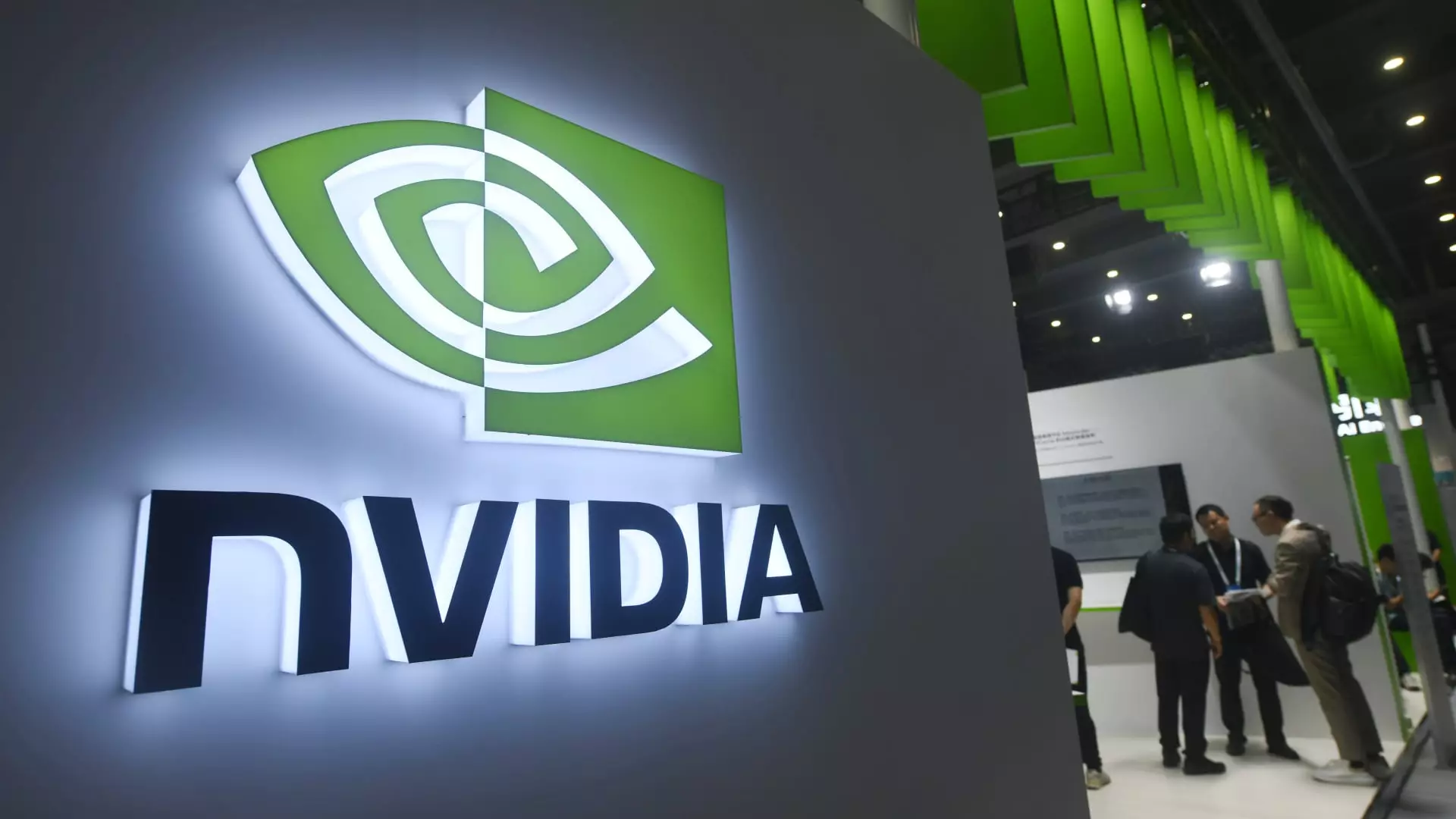As artificial intelligence continues to evolve, its applications within the healthcare sector are becoming increasingly prominent. The upcoming healthcare technology conference, HLTH, set to take place in Las Vegas, is a significant milestone, gathering key stakeholders including tech giants such as Nvidia, Google, and Microsoft. These companies are at the forefront of developing AI tools aimed at alleviating the administrative burdens faced by healthcare professionals—an effort considered vital in addressing the looming healthcare workforce shortage projected to reach 100,000 by 2028.
Healthcare providers navigate a complex landscape of administrative tasks, often drowning in a sea of paperwork while trying to manage patient care. The current system of healthcare documentation remains fragmented, with patient records maintained in various formats and locations, significantly impeding efficient data access. A recent survey indicates that clinicians spend around 28 hours a week on these tedious tasks, with 80% of the respondents reporting that administrative duties detract from valuable time they could otherwise spend with patients. The emotional toll these tasks take manifests as burnout, further exacerbating staff shortages.
Tech companies are determined to disrupt this status quo. The solutions being showcased at HLTH aim not just to optimize workflow but also to enhance overall patient care. By simplifying administrative processes, these innovations may enable healthcare workers to focus more on their core responsibilities—providing high-quality patient care.
The pivotal role of AI in healthcare cannot be understated. Companies like Google and Microsoft are leveraging AI technologies to create tools that directly engage with the intricacies of medical documentation. For instance, Google recently unveiled Vertex AI Search for Healthcare, designed to assist healthcare professionals in swiftly locating information dispersed across various medical records. This development follows last year’s preliminary launch at the HLTH conference and marks a significant progression in Google’s efforts to bolster its presence in healthcare.
Similarly, Microsoft is developing a suite of tools, including a medical imaging service, aimed at reducing the administrative burden on clinicians. A noteworthy innovation from Microsoft is the DAX Copilot—a product from its acquisition of Nuance Communications—that utilizes AI to transcribe doctor-patient conversations and automatically generate clinical notes. The separation of documentation tools for doctors and nurses emphasizes a tailored approach, recognizing that each role presents unique functional demands.
The adoption of AI solutions for clinical documentation is gaining momentum within the healthcare community, as evidenced by the increasing interest in tools like DAX Copilot. Competitors, such as Abridge and Suki, have also emerged, garnering substantial investment and strengthening their positions in the market. Dr. Shiv Rao of Abridge notes that the speed at which the industry is embracing this technology is unprecedented—indicating a pivotal change in how healthcare operations might unfold in the future.
Nvidia’s participation in HLTH is noteworthy as well, given its position within the AI landscape. With a significant appreciation in its share value, Nvidia has established a deep footprint in the healthcare sector, driven by its advanced graphics processing units (GPUs) that support AI model development. By forging partnerships with major healthcare brands like Johnson & Johnson and GE HealthCare, Nvidia is poised to expand its influence and demonstrate the viability of its AI tools across diverse medical applications—from drug discovery to medical imaging.
While the enthusiasm surrounding AI’s potential in healthcare is palpable, many institutions are still at the evaluation stage concerning which tools to adopt. The HLTH conference serves as a platform for these organizations to explore available AI solutions and determine how best to integrate them into existing workflows. The challenge lies not only in the technology itself but also in overcoming entrenched attitudes toward new systems.
However, the tide is shifting as healthcare organizations realize the necessity for technological advancement in responding to systemic challenges. As AI continues to permeate healthcare, the possibility of achieving remarkable efficiency gains looks promising, potentially revitalizing a sector strained under the weight of its administrative demands.
The HLTH conference is set against a backdrop of critical need within the healthcare workforce, and the innovations presented will be essential to understanding the future of patient care. The engagement of tech leaders in this space elevates the conversation around healthcare technology, transitioning from merely theoretical discussions to actionable solutions aimed at improving both provider and patient experiences. The advances in AI herald the beginning of a transformative phase in healthcare, ushering in greater efficiency, enhanced care, and perhaps, a revival of enthusiasm within the workforce—a much-needed development in an industry under pressure.


Leave a Reply